Search Results for Tag: video
How to plan your multimedia story
An online multimedia story is a combination of video, text, photos, audio, graphics and interactive elements where each aspect complements the others. It allows a reporter to draw on the strength of each medium to tell a more compelling story.
But making a multimedia story really shine requires forethought and planning. Even before going out to report, journalists need to think about how they’re going to approach the story, when they’re going to use video, text, sound or photos, and then tie everything together to create a cohesive package. onMedia’s Kyle James has tips on doing the prep work to make sure your multimedia story is a success.
![]() read more
read more
Using compact cameras to make great TV
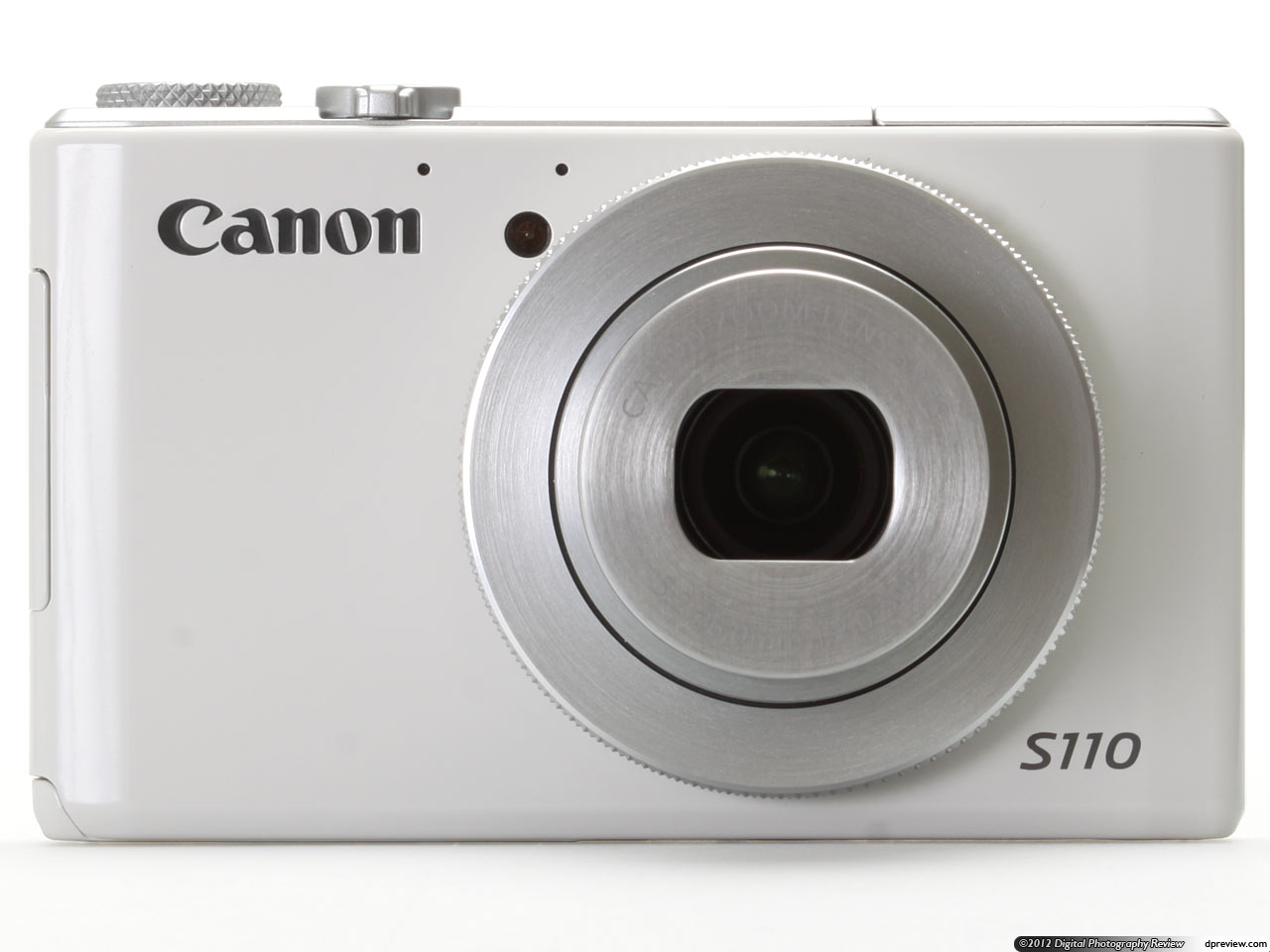 In previous onMedia posts, we’ve explored making video for the web using camcorders and mobile phones. But compact digital cameras are also making a big impact in television. They allow journalists to shoot video from unusual points of view and because of their smaller size, they also make it easier for camera operators to capture authentic footage and interviews.
In previous onMedia posts, we’ve explored making video for the web using camcorders and mobile phones. But compact digital cameras are also making a big impact in television. They allow journalists to shoot video from unusual points of view and because of their smaller size, they also make it easier for camera operators to capture authentic footage and interviews.
Among his equipment, professional cameraman and documentary filmmaker Christian Parkinson has a small point and shoot digital camera, which he uses to produce quality films for broadcast. He talks to onMedia about his experience of working with compact cameras.
![]() read more
read more
Using graphics in your video, and using them well

Photo: flickr/gywst
Infographics can enhance a visual story’s appeal and are extremely helpful in presenting complex information in an easy-to-understand way. Now, it’s easier than ever to use graphics in your videos thanks to more advanced and user-friendly software. OnMedia’s Kyle James takes a look at how a production team from Indonesia used graphics effectively in their award winning video feature.
![]() read more
read more
Moving the camera and producing long features in African Stories II
As the African Stories project evolves, the television production teams working with DW Akademie are not only building on the skills they learned in the first series of training, but are now beginning to master new visual storytelling techniques for longer and more in-depth feature stories.
(Click on the Playlist above to watch the four feature stories produced during the workshop by the teams from NBC, MBC-TV, Muvi-TV and Multi TV.)
Following the recent workshop in Namibia, DW Akademie Project Manager André Surén talked to onMedia about how the African Stories team are training crews to produce stories in a reportage style that strives for more dynamic filming through moving the camera and following action.
![]() read more
read more
Tools and Apps for Journalists: Monopod
 We all know that achieving a steady shot or reducing blur in an image is much easier with a tripod. It’s one of the most essential pieces of equipment for photographers, VJ’s and camera operators.
We all know that achieving a steady shot or reducing blur in an image is much easier with a tripod. It’s one of the most essential pieces of equipment for photographers, VJ’s and camera operators.
But what about the humble monopod?
From getting a high shot over a crowd to supporting a camera, a monopod is one of the most useful tools that should be in your kit bag.
And whether you’re working with a camcorder, a digital camera or a smarthphone, read on to find out more about using a monopod and adapting it to your filming needs.
![]() read more
read more
African Stories II: Compelling tales of daily life
 In the latest installment of African Stories, see how garbage is turned into energy, hear about the fight against a devastating banana disease and meet Kampala’s grandfather of electronics as well as an AIDS activist determined to speak out about the disease.
In the latest installment of African Stories, see how garbage is turned into energy, hear about the fight against a devastating banana disease and meet Kampala’s grandfather of electronics as well as an AIDS activist determined to speak out about the disease.
The feature reports were recently produced as part of the 2013 African Stories series of workshops for TV journalists, camera operators, cutters and technicians (scroll to the bottom of the post to see the videos).
TV stations from 16 English and French speaking African countries are taking part in the long-term project to sharpen their skills and at the same time, produce compelling stories about everyday people and everday lives in Africa (you can find out more about the African Stories project here).
In August, TV teams from Nigeria, Kenya, Tanzania and Uganda met in Kampala for an 11-day workshop. This time, the DW Akademie trainers stepped up the challenge by introducing techniques for filming with a moving camera – a skill that needs some practice.
![]() read more
read more
Histoires Africaines II: Le rap, les lasers, les poulets et du sel -un mix captivant
“C’est où votre péripétie?” demande Ramata Konaté. Ibrahima Keita la regarde. Il montre du doigt au mur où il a collé son story-board: “C’est ici que le ramasseur du sel compte ses bassines de sel.”
Nous sommes à Dakar en pleine session de formation. Quatre équipes de télé, venant de quatre pays différents, chacune composées d’un journaliste, d’un caméraman et d’un monteur se sont réunis pour suivre la première session du projet Histoires Africaines II.
C’est le dernier jour de préparation, demain les tournages commencent. Le but de ces deux semaines de formation: Tourner des grands reportages de qualité. Après des exercices de prise de vue et de longues discussions sur les sujets et leurs dramaturgies les participants ont planifié leurs tournages respectifs. Une fois sur le terrain la réalité en est une autre, mais nos équipes font preuve de la flexibilité et de l’acharnement. Ils montent leurs reportages jusque tard dans la nuit, s’appliquent pour écrire un texte pertinent et bricolent jusqu’à ce que le son d’ambiance colle à cent pour cent. Et voici quatre grands reportages réussis.
![]() read more
read more
Getting started with video for the web: Part 2
 In our first post on Getting started with video for the web, we looked at some of the basic equipment for video production you would need to think about using; important considerations for filming such as lighting and audio; as well as some of the essential skills to practice before hitting the record button.
In our first post on Getting started with video for the web, we looked at some of the basic equipment for video production you would need to think about using; important considerations for filming such as lighting and audio; as well as some of the essential skills to practice before hitting the record button.
Remember, your camera is a tool for telling stories and no camera is perfect for every situation you’ll encounter. Importantly, try to become familiar with the operation of your camera.
– Know how to operate the focus controls
– Know how to manually adjust the main exposure settings of S-I-N-G: shutter speed, iris, neutral density and gain;
– Know how to adjust audio settings
– Know under what conditions your camera produces its best images
– Know the limitations of your camera: this will help your planning and workflow
Really, what it comes down to is practice. Video for the web offers you the chance to use almost any camcorder. But no matter what camera you have, you need to start clocking up the hours of using it under a variety of conditions. Practice. When you are comfortable and confident in using your video camera you can concentrate more on your story.
In this post, while you’re still practicing with your camera and equipment, we’ll introduce some basic video for the web formats that will hopefully offer some ideas that you could apply or adapt to your online stories and newsroom workflow.
![]() read more
read more
Getting started with video for the web: Part 1
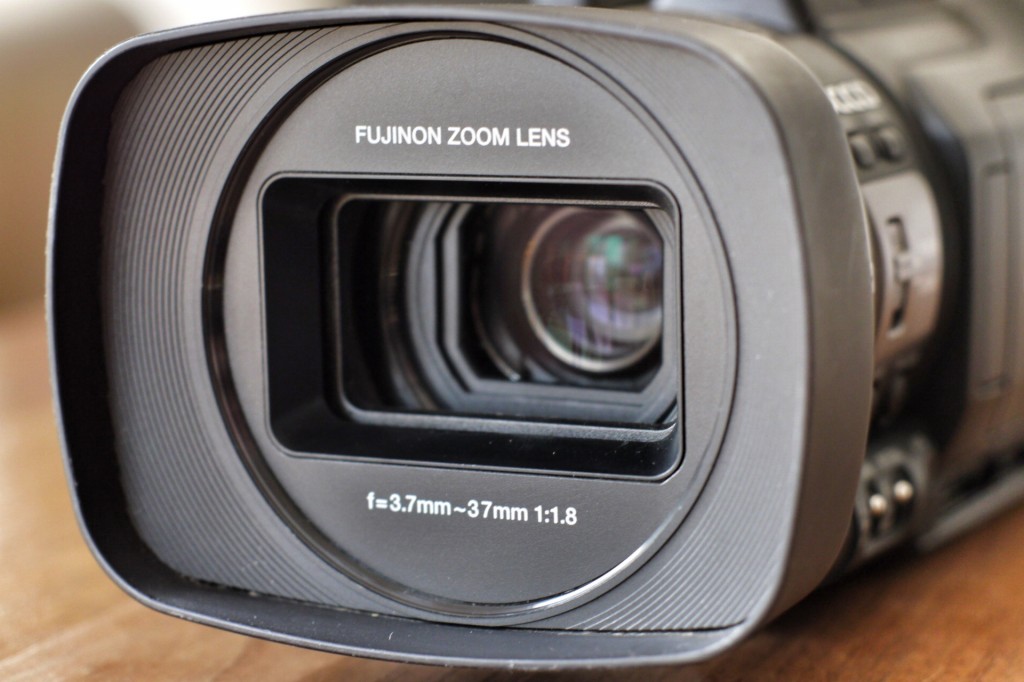 There’s much more to producing video than flicking on a camcorder and hitting record. And it’s unfortunate that journalists are often expected to go out and film something for their online site with little or no training.
There’s much more to producing video than flicking on a camcorder and hitting record. And it’s unfortunate that journalists are often expected to go out and film something for their online site with little or no training.
Keep it simple, keep it short and a little bit of planning helps of lot.
That’s probably the best advice for anyone who needs to start producing video for the web content.
It goes without saying that we’d recommend you do a proper video for the web course. Or even better, a video journalist course to learn more about the techniques of filming and the craft of visual storytelling.
But if you’re looking for some tips to get started, our blog series on producing video for the web will cover some of the basics and point you in the right direction for online resources.
![]() read more
read more
Trainer recommendation: Adapter & MPEG Streamclip
“What software can I use for converting and compressing files?”
It’s a question trainers are often asked on broadcast and multimedia courses involving a lot of work with audio and video files.
Adapter and MPEG Streamclip are a good starting point. Both are free and work on either a PC or a Mac.
These tools are particularly useful as video or audio Swiss Army knives – between them they can handle just about any sort of file and convert or compress it to whatever size or format you need.
And both tools let you create a batch list if you have a lot of files to convert or compress at the same time.
![]() read more
read more



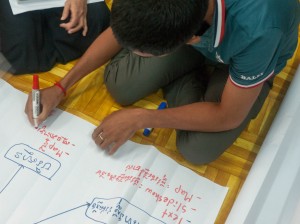

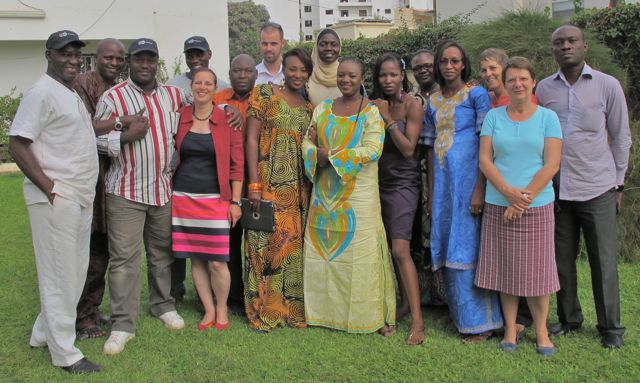
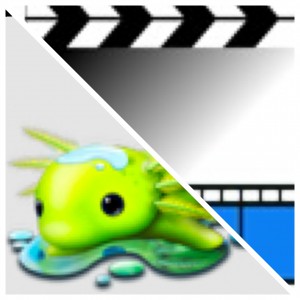




Feedback